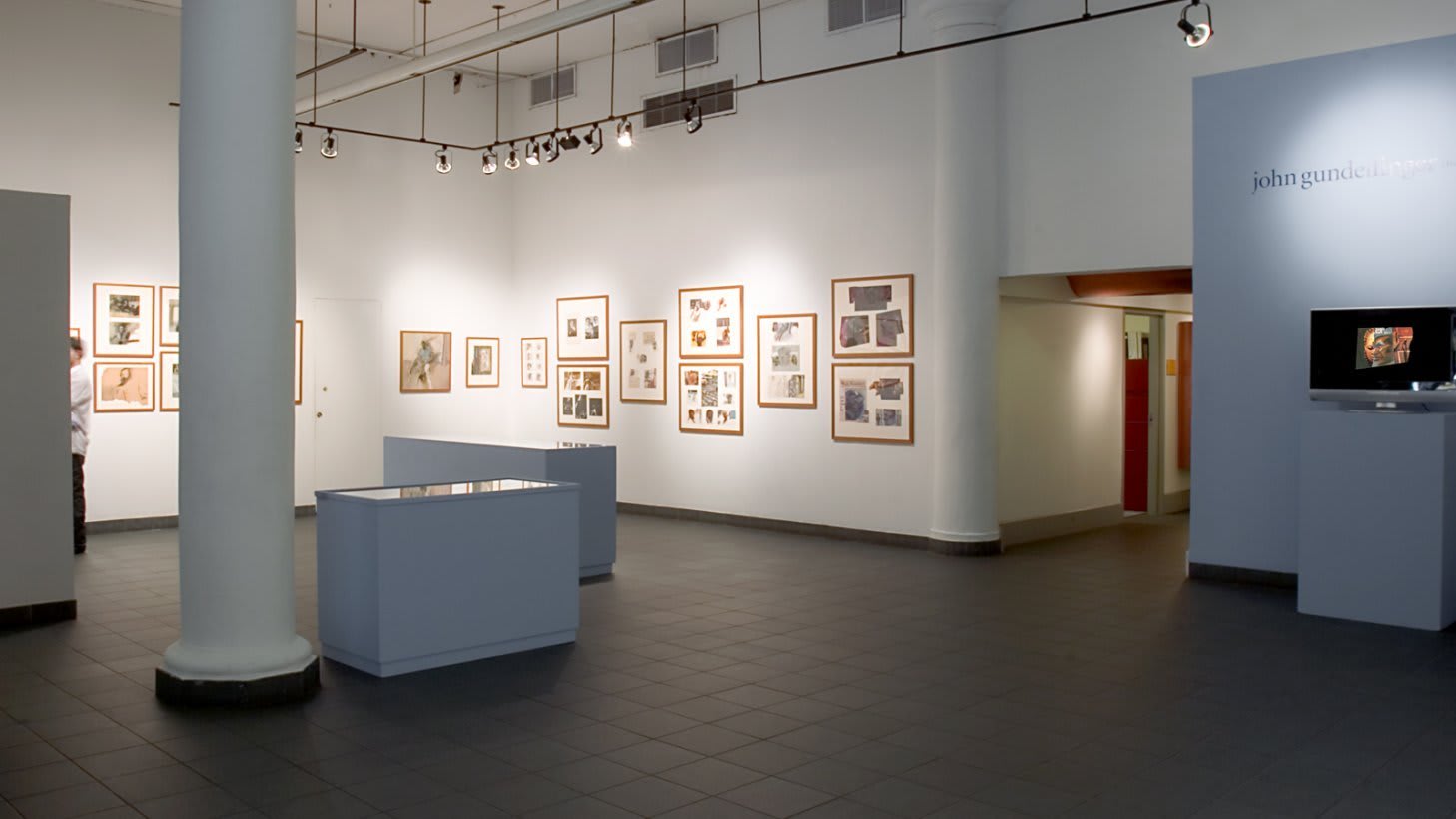Exhibition
John Gundlefinger: In Memoriam (1937-1991)

SVA Gramercy Gallery
209 East 23rd Street, 1st floor, New York, NY 10010Reception
Thu, Sep 8; 6:00 - 8:00pm
School of Visual Arts presents a retrospective exhibition of the work of John Gundelfinger, illustrator, painter and longtime instructor at the School of Visual Arts. Best known for his misty landscape paintings, which were widely exhibited during his lifetime, the exhibition brings together a diverse body of work including lesser-known drawings, collages and illustrations in addition to the oil paintings. The exhibition will be on view at the Visual Arts Museum, 209 East 23rd Street, New York City from September 6 through October 8, 2005.
The retrospective—which includes approximately 70 paintings and works on paper—is drawn from the personal collection of Beret Arcaya, who was married to Gundelfinger for twenty years. She describes his working method and dedication to his craft: “He was passionate about developing himself and never stopped working. No matter what he was doing away from his studio his eyes were never fallow and his mind was never absent. He could not just go to a movie. He always had a small pad and would draw the folds of the clothes, ears or hands of people seated in the row ahead of us.”
Gundelfinger was born in Saint Die, France in 1937 as his family fled the Nazi persecution in their native Germany. The family immigrated to the United States when Gundelfinger was two years old. They had a difficult time during those first few years in New York, suffering from displacement, the language barrier and poverty. From a very early age, Gundelfinger was obsessed with drawing (paints were too costly at the time). He never wavered on his goal of being an artist and he was making money as an illustrator by the time he graduated high school. Gundelfinger joined the National Guard in order to afford art school and went on to study at the School of Visual Arts and New York University. He later returned to SVA in 1963 as an instructor of painting and drawing, and taught there until his sudden death in 1991. So, it is altogether fitting that SVA is the venue of this retrospective of his career. It was designed by Museum director Francis Di Tommaso in collaboration with Baret Arcaya.
Gundelfinger’s landscape paintings—made primarily in the area near the Delaware Water Gap—take on an ethereal and sublime quality. Influenced by the paintings of J.M.W. Turner, Gundelfinger was fascinated by the relationship between viewer and landscape, the changing relationship among landscape elements afforded by small adjustments of viewpoint and the subtle effects created by altering light and color. He was less concerned with the specific geography of the scenes than capturing the mood, atmosphere and elusive elements of nature.
Gundelfinger also had a keen interest in the people around him and the everyday life of the city. He did countless drawings and collages of people on the subway, policemen, construction workers, musicians, his students and numerous friends. He also tackled some difficult subjects such as KKK members and the Nazis. The race riots of the 1960s and the issues that faced the U.S. at that time affected Gundelfinger and likely reminded him of WWII and his family’s ensuing plight. Although he was too young to remember Fascism, it had a lasting effect on him and his body of work. Above all, this exhibition is a comprehensive look at Gundelfinger’s prolific career, the variety of his interests and his concern for humanity.


